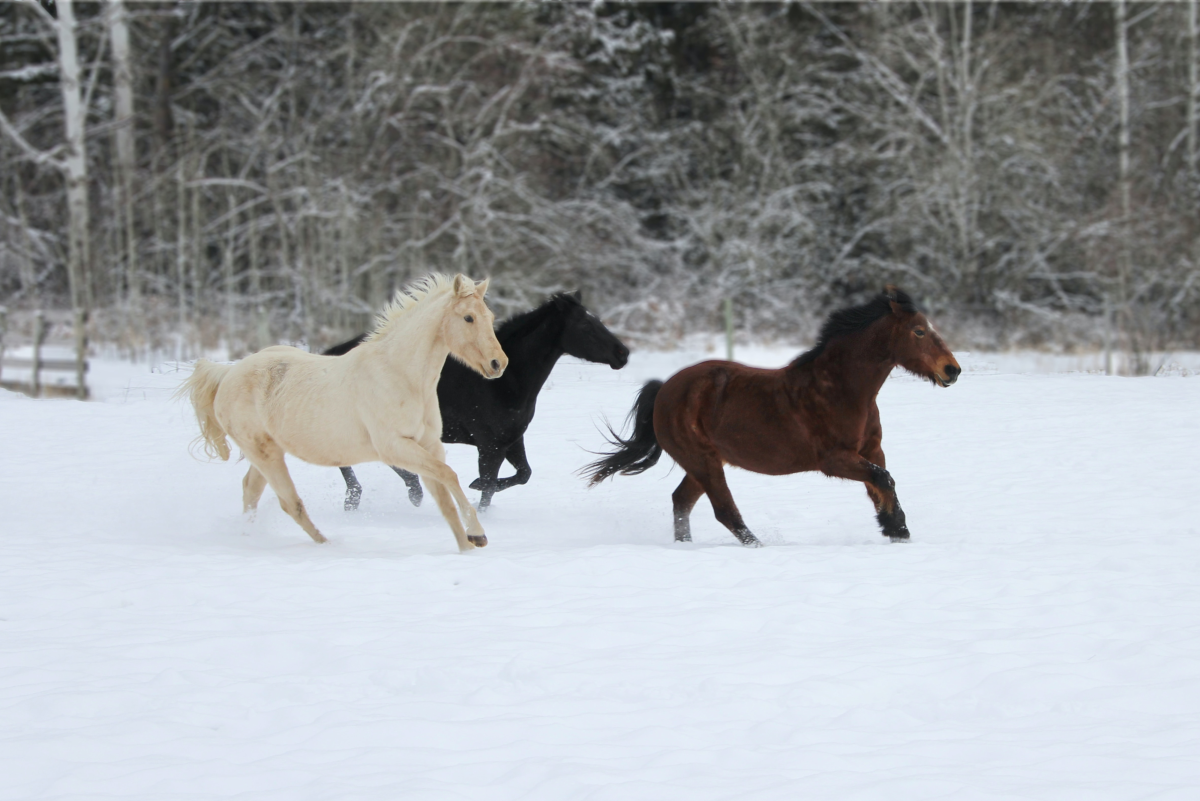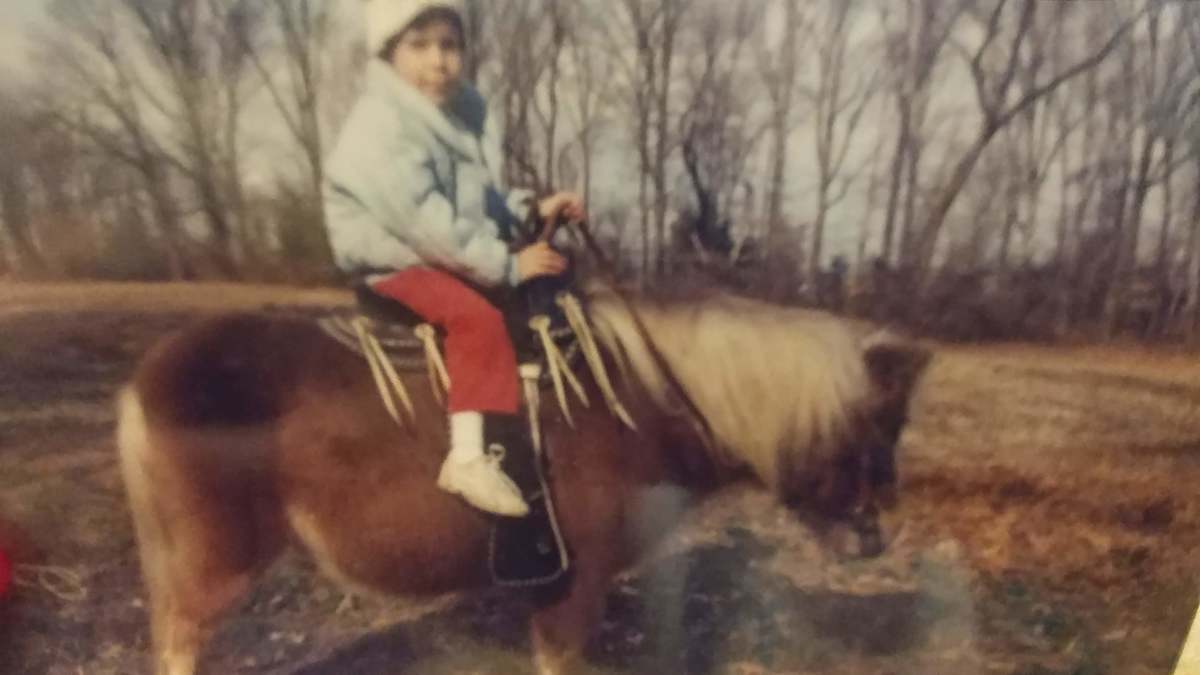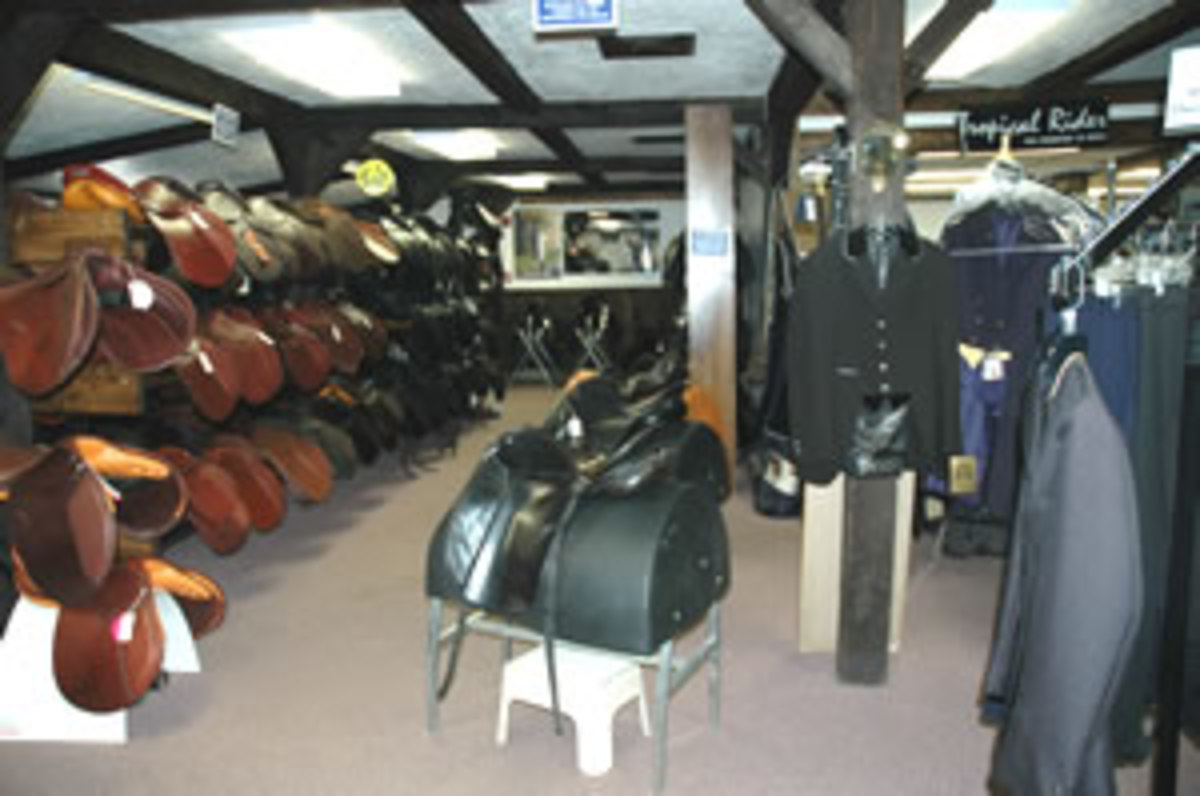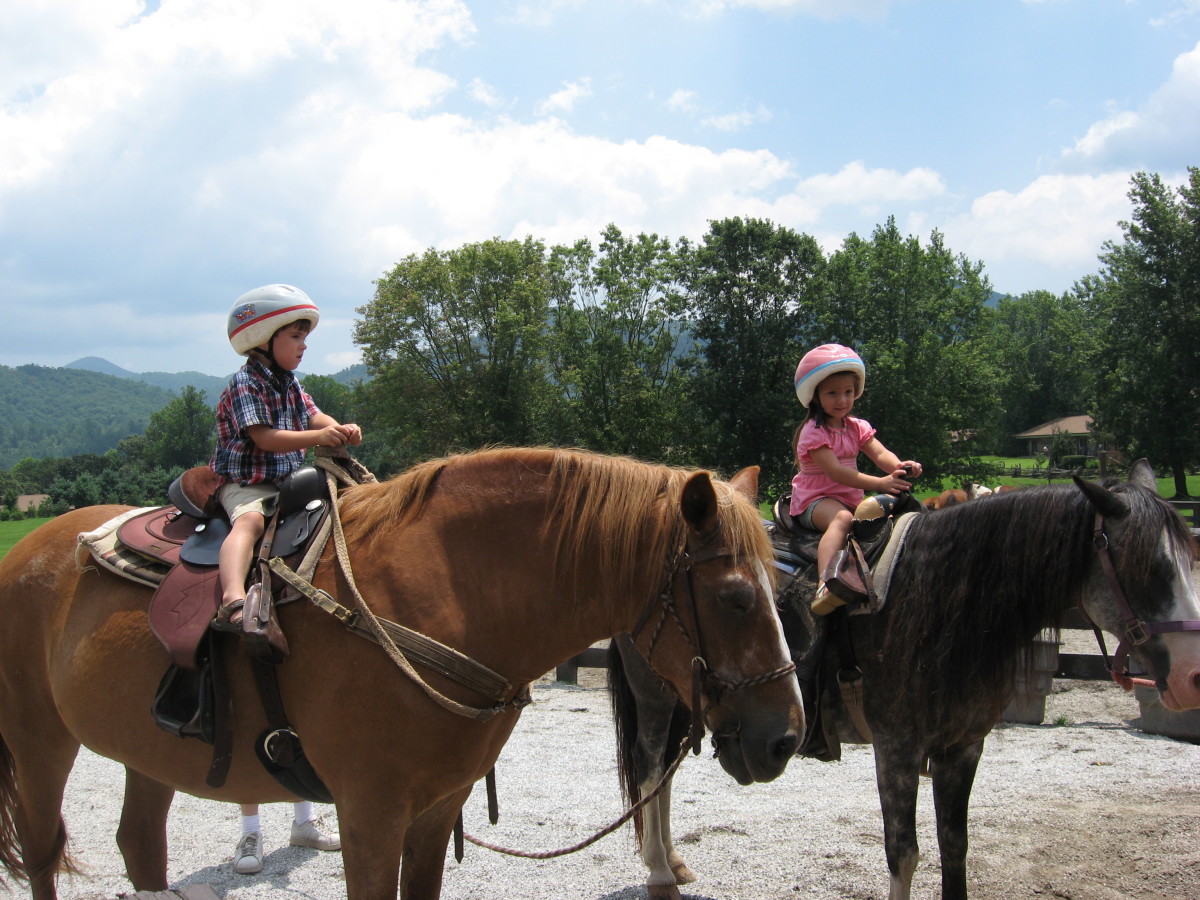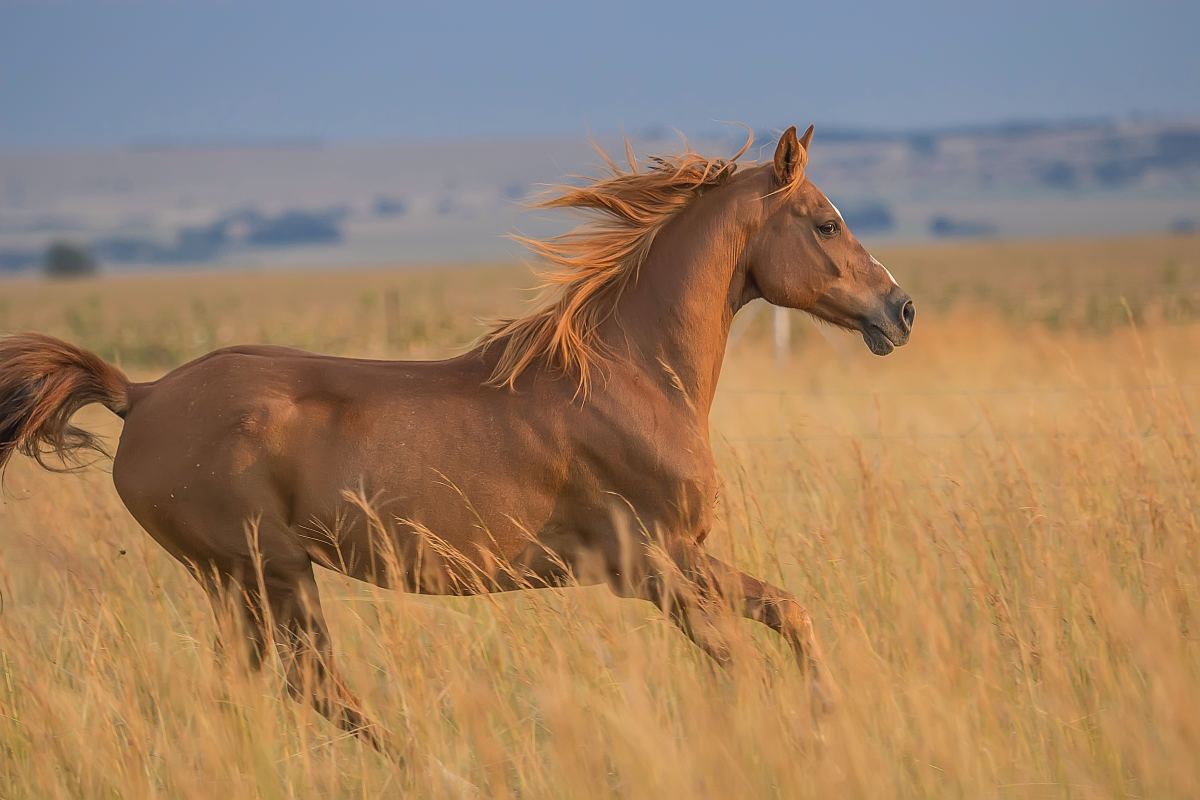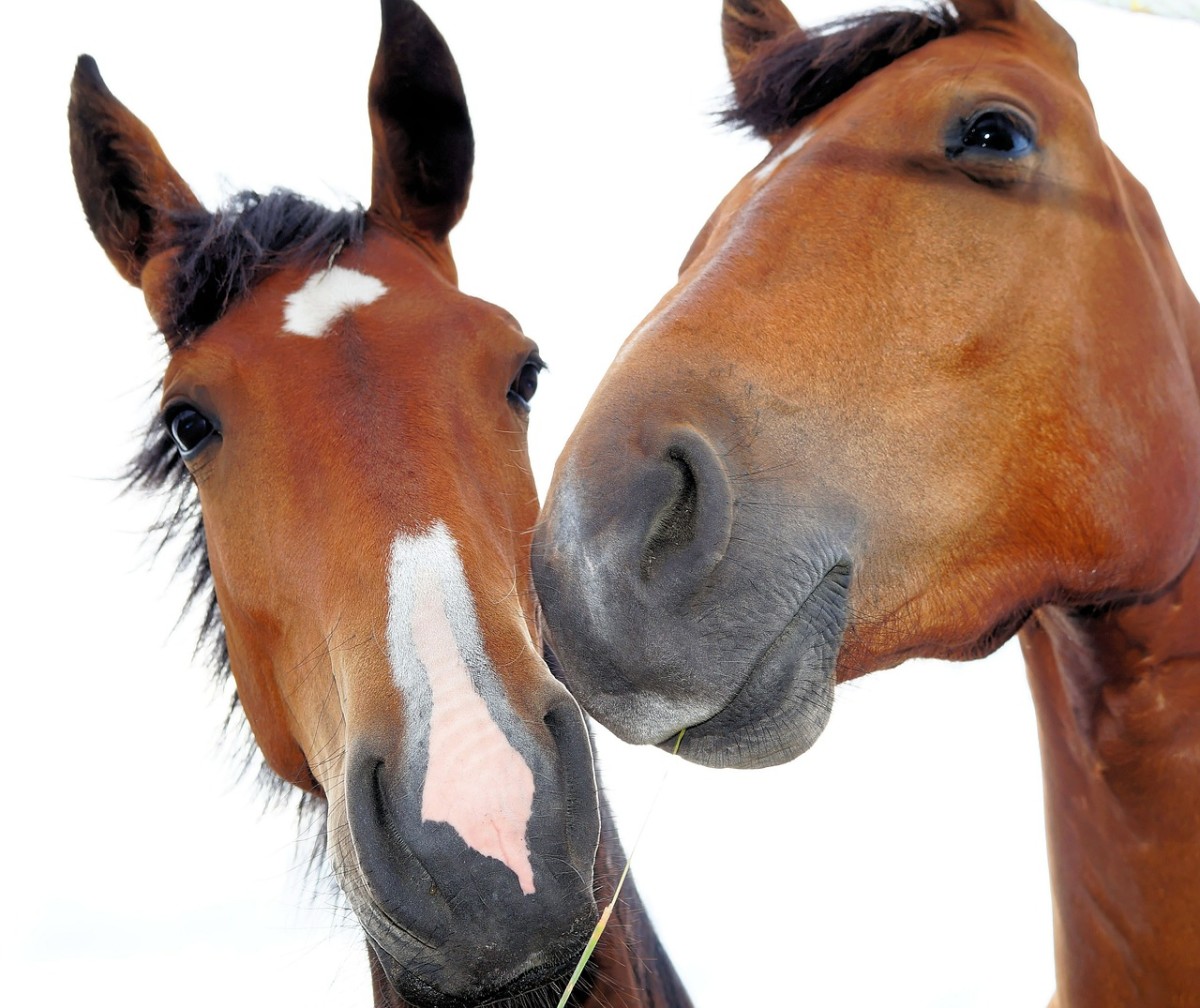How to Enjoy Caring For and Exercising a Horse
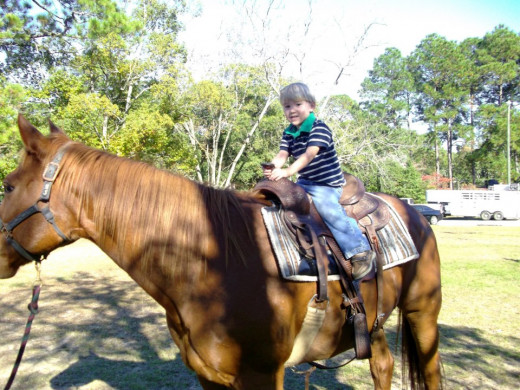
Working With Horses
I spent several decades working with horses. I’ve owned, bred, trained, and shown numerous equines, so I know a good bit about horse care. I got my first horse when I was five years old, one that I shared with my older brother. When I was eight, I got my own Welsh pony, and when I was twelve, I got the first full size equine that was totally mine. Since then, I’ve had around forty or fifty different horses, and I’ve done horse training for others. Working with horses has been one of the most enjoyable and rewarding experiences of my life, but it’s not all fun and games. Horse care can be hard work, and it’s as regular as the sun’s rising and setting. It has to be done every day, rain or shine, in scorching temperatures and in the frigid cold. Even when you have other things you’d rather be doing, your horse needs to be fed, watered, and otherwise cared for. Horse health also needs to be observed and maintained, and when you see problems, you need to address them as soon as possible. If you have a better understanding of horse care, you’ll probably enjoy the associated chores and activities more. Below, I’m offering you some horse care tips and hopefully help you learn how to enjoy caring for and exercising a horse.
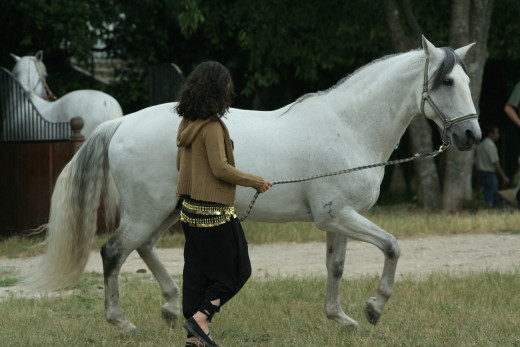
How To Care For A Horse
You should learn the basics of how to care for a horse before you buy one. Owning a horse isn’t like having a pet goldfish. Equines are pretty complicated animals, and they can have all sorts of problems. And it’s not like you can just stick them in a stall, throw them some feed and water every once in a while, and otherwise forget them. Horses need regular attention, although some need more than others. Generally speaking, a horse that’s stabled fulltime will need more attention and care than one that’s pastured. I’ll give you a specific example. When I lived on a farm/ranch with my horses, the equines often had full access to large, lush pastures and a small lake. They also had free access to a barn or run-in shelter. In this situation, I didn’t have to haul water, clean out stalls, or worry much about daily exercise for the horses. I’d usually call them up once a day for a handful of feed and a quick grooming, just to get a close look at them to assess their health. When I had stabled horses, a lot more work was involved. I had to make sure the animals had clean water, a clean stall, and quality feed and hay. I also had to do daily grooming and pay special attention to hoof care. My steeds also had to receive exercise and mental stimulation.
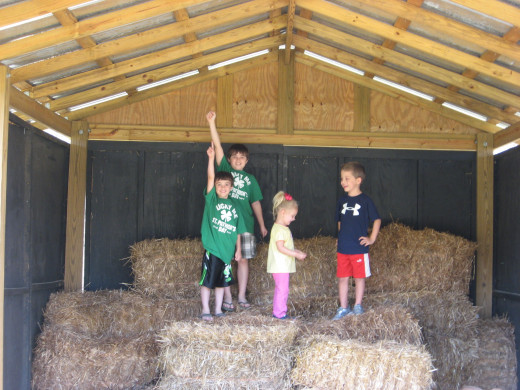
Food And Nutrition
The right food and nutrition are extremely important for horses. For optimum horse health, an equine needs sufficient calories each day, and the calories should include protein, carbohydrates, and fats. They also need proper vitamins and minerals, along with adequate roughage and fiber.
How much should you feed your horse? There’s really no one-size-fits-all answer here. It depends largely on the size of the animal, its general condition, its age, and the amount of work it does. Even after taking all these variables into consideration, you’ll need to remember that each horse is unique. I’ve seen both extremes of this. I once had a Thoroughbred mare that we simply couldn’t “fatten up.” She was young and healthy, but no matter how much we fed her, she was always “long and lean.” And, in case you’re wondering – yes, she received quality feed, hay, and pasture, along with excellent veterinary care. On the other hand, we once had a quarter horse mare that stayed fat and sleek on practically nothing, even though she was used almost daily for working cows.
A general rule of thumb for grain horse feed is 1% of the horse’s weight. If your animal weighs 1,000 pounds and is in good shape, it would need to consume about ten pounds of grain per day. This should be fed in two separate feedings, in equal amounts. The feedings should be about 10-12 hours apart. Horses in poor condition, pregnant and lactating mares, growing foals, and individuals doing heavy work will need more feed. Overweight horses and idle individuals might need less feed. If you’re in doubt, your veterinarian can help you come up with a good feeding plan.
To stay healthy, horses also need a certain amount of forage or roughage each day. This might be in the form of grazing or hay, including Bermuda, fescue, alfalfa, timothy, clover, orchard grass, bluegrass, or lespedeza. Our horses usually had free choice coastal Bermuda hay, along with pasture. In addition to grain, pasture, and hay, we always kept a salt and mineral block available for our horses at all times.
Make sure your horse feed and hay are clean, without dust or mold. Don’t feed your horse on the ground, either. If you have more than one equine, feed them separately. That way, you’ll be sure that each gets its “fair share,” and it will help prevent fighting over food. If you feed your mount before riding or exercising, wait for at least an hour after it eats. Don’t feed it while it’s hot from working, either.
Your horse will need plenty of clean water, too. An adult horse might need more than twelve gallons of water a day. Don’t offer water to a horse that’s overheated from exertion. Wait until it cools down before you allow it to drink.
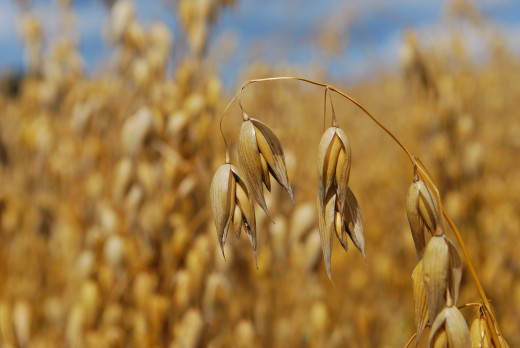
Horse Feed
There are several different types of horse feed on the market, along with a multitude of different brands. Grains most often found in horse feed include oats, cracked barley, and corn, along with soybean meal. Most feeds also contain amino acids, vitamins, and minerals.
Concentrated feeds fall into three general types – pellets, extruded, and textured mixes. In my neck of the woods, sweet feed is popular. Sweet feed is a textured mixture of grains and molasses, often along with other ingredients. Pelleted feed might contain grains and forage that have been ground into tiny particles and molded into pellet form. Extruded feed is often called “cooked feed” because the ingredients are steamed and roasted.
You’re probably wondering which type of horse feed is best. The answer largely depends on who you ask. Each type has its advantages. Textured feed is usually less expensive, and most horses take to it readily. Pellets are usually more expensive, but they’re often easier for horses to chew and digest. Extruded feeds are even more easily digested, but some horses are somewhat reticent to eating them. On the plus side, extruded feeds will keep longer, and the possibility of bacteria or mold in the feed is greatly reduced because of the heating process.
You might want to ask your veterinarian to recommend the best feed for your horse. If you decide to change feeds, do so gradually. The digestive system of an equine is easily upset, and some of these upsets can even lead to death. Horses can’t throw up, so conditions like colic can be fatal. Horse health is nothing to play with.
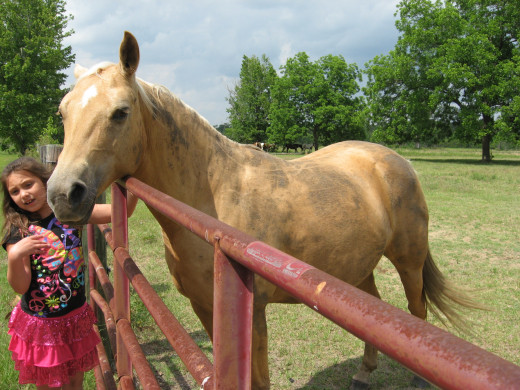
Horse Grooming
Horse grooming should be done every day, as it provides several benefits. Of course, it improves the horse’s appearance, but it provides other benefits, too. A vigorous brushing can improve circulation and improve the coat by removing loose hair, dirt, and debris. As you brush or curry the horse, you can do a mini-health inspection at the same time. A thorough grooming will allow you to notice any swelling, soreness, or cuts.
Horse grooming can also be very enjoyable and relaxing to your four-legged companion. Any type of gentle handling you do will help your animal trust you more, and it will strengthen the bond between you. Horse grooming gets the animal used to being handled all over, which is definitely a good thing.
For basic grooming, you’ll need several tools: a curry comb, a dandy brush, a soft brush, a mane and tail comb, a hoof pick, and a hoof brush. You can find curry combs made of metal or rubber, but I prefer the rubber types because they’re a lot gentler on the horse.
Now for how to groom a horse: Begin with a curry comb. Go in circles over the animal’s body. If you encounter an area of dried mud or dirt, loosen it by going against the way the hair grows. Don’t be too hard on the hip bones. Next, use the dandy brush on the body and legs, using strokes that go with the way the hair grows and lies. Use the soft brush on the body, the legs, and the face. Use the mane and tail comb on the mane and tail, starting at the ends. Gradually work your way up to the roots. Next, use the hoof pick to remove debris from the hooves, and follow up with a stiff hoof brush.
Something else you’ll want to check periodically is your horse’s teeth. Mouth and teeth problems can’t prevent your animal from eating or from chewing its food adequately. Sometimes teeth have to be floated, or filed down. Oftentimes, you can recognize oral problems by the way the horse eats. If it’s spilling a lot of grain as it chews, there might be a problem.
How To Groom A Horse:
Horse Grooming tools:
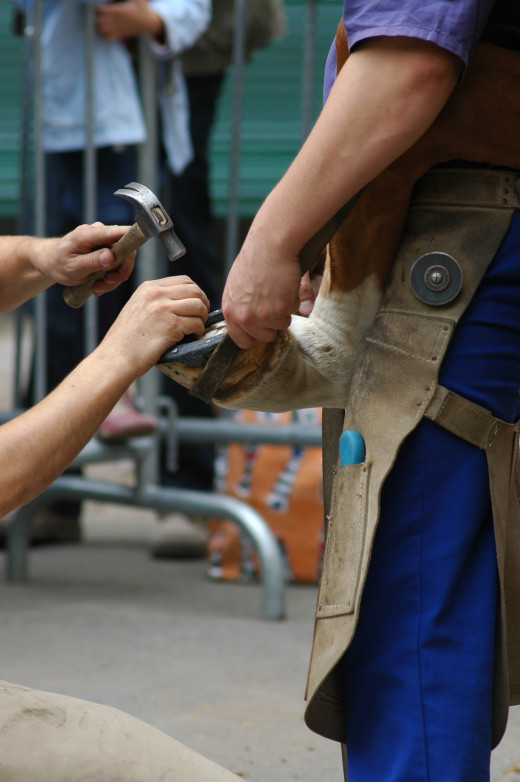
Horse Hoof Care
Horse hoof care is something else that needs to be done on a daily basis. Most horsemen will tell you that the hoof is the most important part of the horse. An injured hoof or a hoof in bad condition can make an equine pretty much helpless and useless. Cleaning the hooves every day will give you the chance to examine the feet for any problems. Identifying minor issues before they become major problems can mean the difference between life and death – literally.
To properly clean the hooves, you’ll need a hoof pick and a stiff brush. Use the pick to remove any embedded pebbles, dirt, and caked manure. Be very careful around the frog, the triangular part. Use the brush to finish cleaning. Check the hooves before and after a ride or turnout. You don’t want the horse to be walking with rocks or other foreign items embedded in the hooves.
You’ll also need to schedule regular visits by an experienced farrier. Most equines need their hooves trimmed every six to eight weeks. During the trimming sessions, the farrier can also do an assessment of hoof health. He can also advise you as to whether or not you need to have your animal shod. If your steed’s hooves are too dry, your farrier can recommend a good hoof dressing.
Horse Hoof Care:
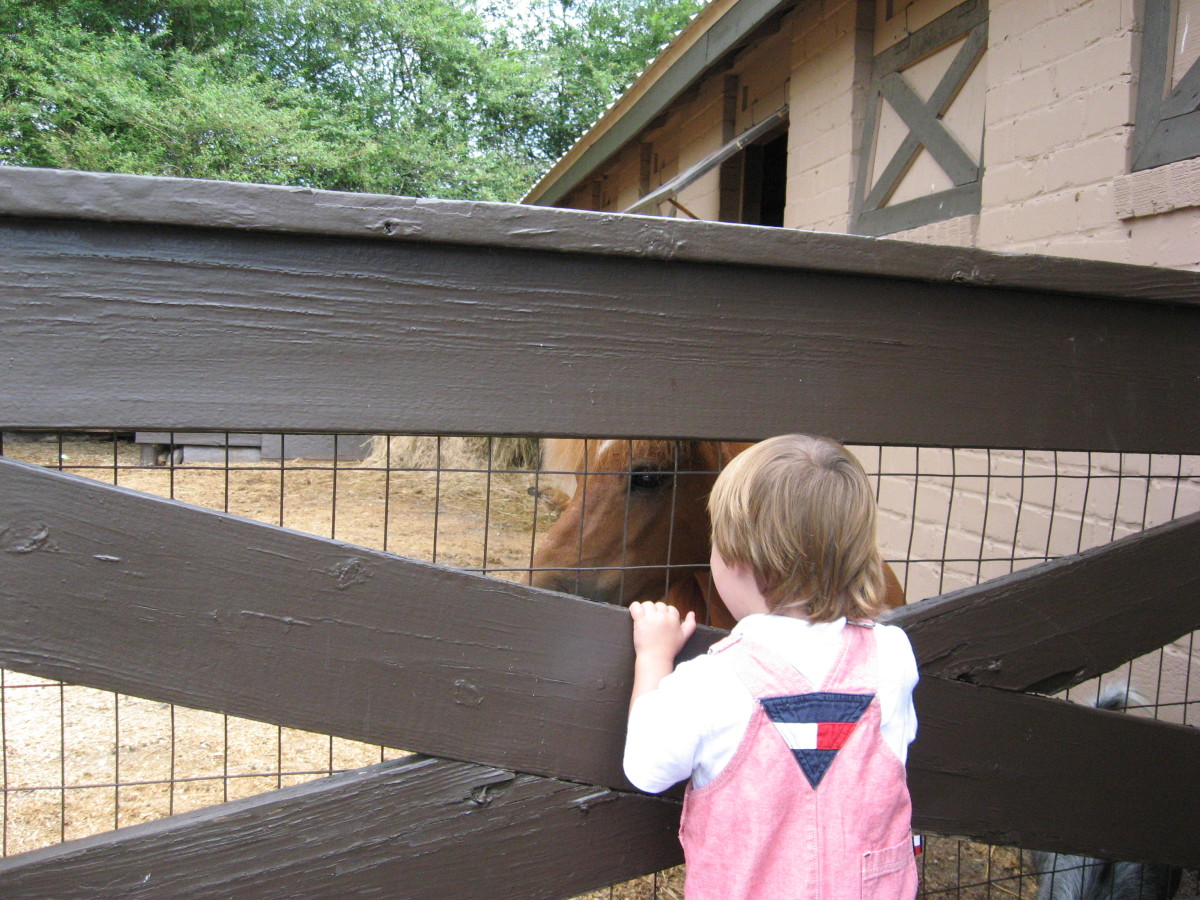
Horse Stall
An adequate horse stall is a good way to provide your animal with a safe, comfortable home. Make sure the stall is large enough for the equine and that it provides safe footing. The bottom board or rail shouldn’t have a space that’s small enough for the horse to stick a foot under. The stall also needs some type of bedding material that provides comfortable footing and that soaks up liquid waste. You need to do regular safety checks, too. Look for any loose boards, protruding nails or screws, large wood splinters, and dangling ropes and wires. Horses are extremely accident prone. If there’s something they can injure themselves on, they probably will.
Your horse stalls needs to provide some sort of drainage, too. Horses don’t need to stand for long periods in wet conditions – especially in urine and feces. Such conditions can cause thrush, a bacterial infection. If not treated quickly, thrush can lead to lameness. You can usually detect the presence of thrush by its foul odor.
If your steed stays in a horse stall, make sure it gets plenty of time outside the enclosure. Horses are natural roamers, and they need a certain amount of freedom each day. They’re also social animals used to living in herds. Equines need and enjoy the company of other horses. If your animal is kept with other horses, make sure it gets to interact with them. If, on the other hand, your horse is all by itself, try to make arrangements with a nearby horse owner for a trail ride. Your mount will be a much happier camper if it gets to “visit” with others of its kind.
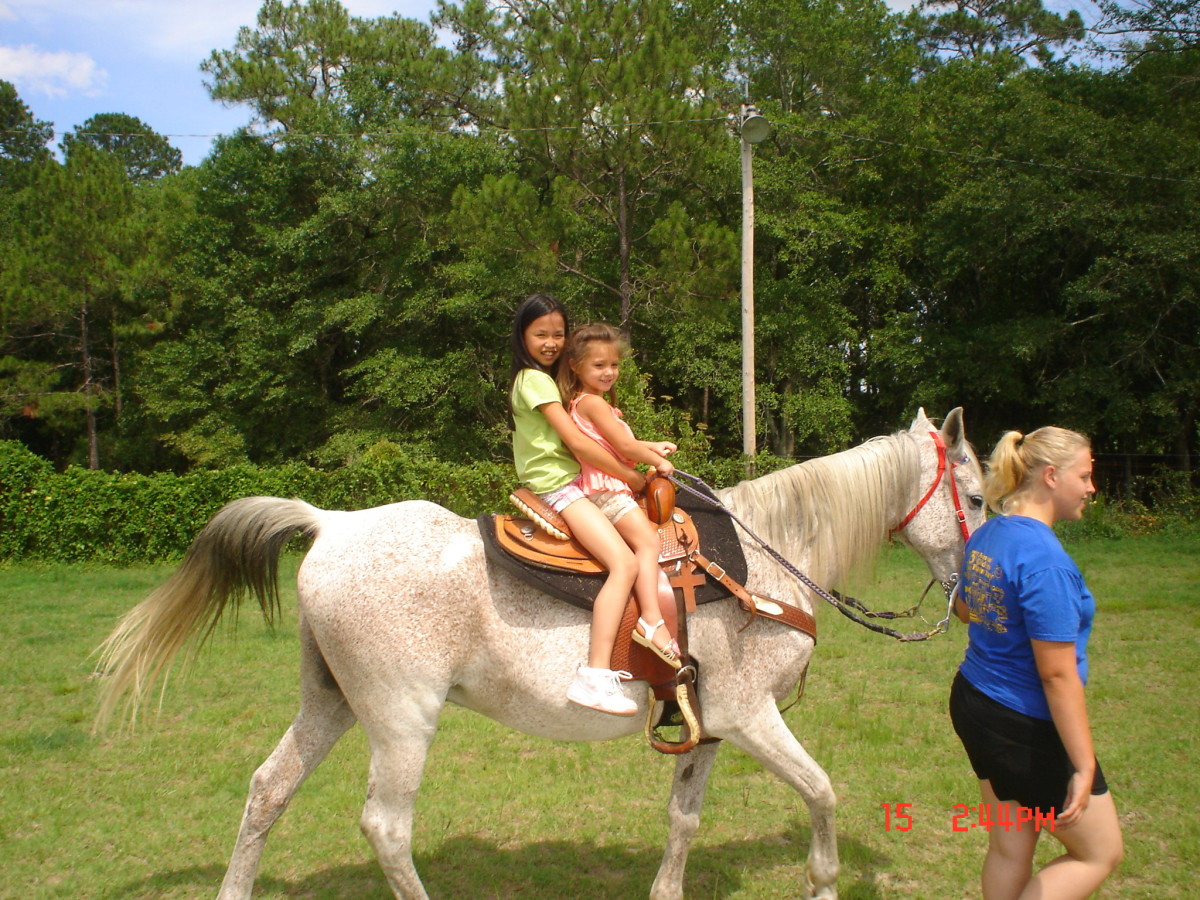
Exercise Program
Horses must have adequate exercise, and it must be done on a regular basis. That doesn’t necessarily mean the horse has to be ridden every day. If your steed has access to pasture or open areas where it can run and trot, you might not need to ride it on a daily basis. Remember, though, that regular riding will keep the horse on its toes, so to speak. If the horse is young or in training, it will probably need handling every day.
If your mount is restricted to a horse stall for most of the time, or if it needs conditioning, you might want to come up with a regular exercise program. If you do, make sure you start gradually and build up the animal’s strength and endurance before demanding more. Consistency is key, too. Don’t try to get a week’s worth of exercise crammed into a single day. It’s much better to do a smaller amount once or twice every day, with perhaps one day a week of rest. Vary the types of exercizes you use, too, so that your horse won't get "stale."
If you run, jog, or work out at a gym, you probably warm up before engaging in exercise. Warming up is just as important for an equine exercise program. Let your animal stretch some by walking, and then by trotting, before you move on to a canter or gallop. Making figure eights and working in small circles is a good way to keep the horse flexible. Be sure to spend about equal time with left turns and right turns. From my experience, a great way to build muscle is to work horses in soft, deep sand. It’s also easy on their joints and bones.
If your horse hasn’t been trained to accept a rider, or if you can’t ride for some reason, you can always teach the horse how to lunge. Working in small circles is a great way to improve flexibility and build muscle, and you can always use longing as a way to strengthen or teach voice commands.
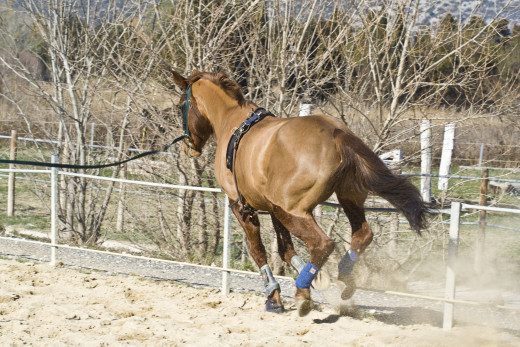
How To Lunge
Okay, this is actually spelled “longe,” but many horsemen, especially novices, spell it “lunge.” The words are pronounced the same. Lunging is done on a long rope called a “longe line.” The human handler stands holding one end of the line, and the other end of the rope is attached to the horse’s halter or headstall. The horse travels in a circle around the human. Longe lines are usually about 25-30 feet in length.
To teach a horse how to lunge, most trainers and owners use a small round pen or corral. This teaches the horse to move in a circle. When I taught my first mount to do this, however, I didn’t have access to a round pen, so I came up with another technique. I used a long wooden pole. I used a rope with a clip at one end and wrapped the rope around the pole. The clip was attached to the halter. Obviously, I held the other end of the pole and rope. I used a light whip to strike just behind the horse in order to get it to move out. This method worked like a charm! If you want to try this method, start with small circles done at a walk. Once the animal gets used to walking in small circles, you can make the circles larger and go at a quicker pace.
Never wrap the longe line around your hand. If the horse shies or bolts, you don't want your hand to be injured. I've always tied a knot in the end of the line and held the line firmly in my left fist, while guiding the rope and horse with my right hand. It's also important to spend equal amounts of time making clockwise and counter-clockwise circles.
Longeing is often an integral part of horse training. It can get the animal used to carrying a saddle or wearing a bridle, and it can help teach the proper head carriage. It’s also beneficial in teaching hand gestures and verbal commands. Longeing can help with balance, too, and it’s a great way to exercise your horse when you can’t ride.
How To Lunge A Horse:
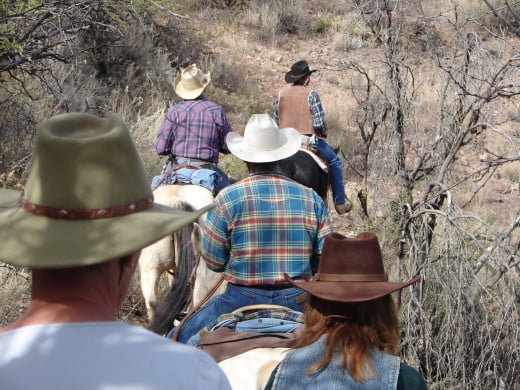
Horse Trail Riding
I think horse trail riding is one of the best activities you can enjoy with your animal, especially when you’re joined by other riders. Horses can get bored with the same old routine, and trail riding is a good way to provide a change of scenery and a nice change of pace. It’s good physical exercise for the animal, and it’s also good for the horse’s mental health.
Trails can range from easy, gentle treks to demanding terrain with lots of obstacles. If your mount isn’t accustomed to trail riding, start with easy trails first. Allow it to relax and just get used to a few strange sights and sounds. Gradually introduce new ones, like water, hills, bridges, and rocky terrain. Your horse will gain confidence on trails over time. If it balks at a new obstacle, it will be more inclined to confront the obstacle if another horse goes first. That’s where you can use the “herd mentality” to your advantage.
I live in South Georgia, where the summer days are often like saunas. When it was too hot for trail riding during the day, my friends and I often went on night trail rides, when the heat wasn’t quite so punishing. You might want to consider this option, but if you do, travel only on trails you know well. You don’t want to encounter any big surprises in the dark.
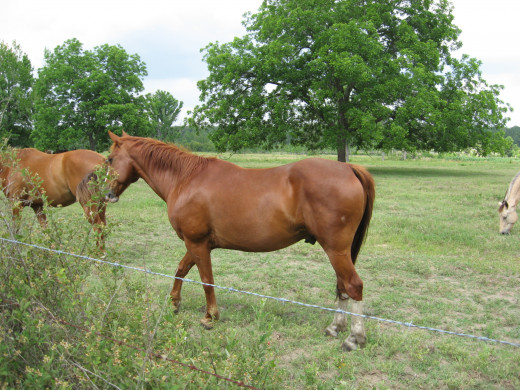
How To Enjoy Caring For And Exercising A Horse
I never had trouble with how to enjoy caring for and exercising a horse. I love working with horses and just being around them so much that even the mundane chores were always enjoyable to me. Even when I was a teenager, I never took horse care lightly. At the time, my buckskin mare was stabled at a barn just outside the city limits. I rode the bus to the barn every day after school and rounded up my horse, Poker Lady. I then groomed her, rode her, and fed her. I spot cleaned her stall every day and put down some fresh bedding, if needed. I then made sure she had plenty of clean water. She spent every night in her stall, and the stable owner turned all the horse out every morning. The horses were fed hay in the mornings and were allowed to graze for most of the day. If you’re not truly committed to caring for a horse properly, perhaps you shouldn’t own one – unless you can afford to pay someone else to do most of the chores.
Other than my total love for equines, something else that made horse care so much fun for me was because it was often a group activity. Several of my friends had horses at the same barn, and we usually did chores together. For example, on Saturdays, we’d muck our stalls. Believe it or not, we had a ball doing so! We’d bring along a radio, cold drinks, and snacks. Since we’d kept the stalls relatively clean all week, the weekly chore wasn’t so daunting. After the work was complete, we’d all go on a long trail ride. If the weather was warm, we’d take our mounts swimming in a nearby lake. If horse care and stall cleaning are done on a daily basis, it won’t become overwhelming, and having a nice reward at the end of the task gave us something to look forward to.


